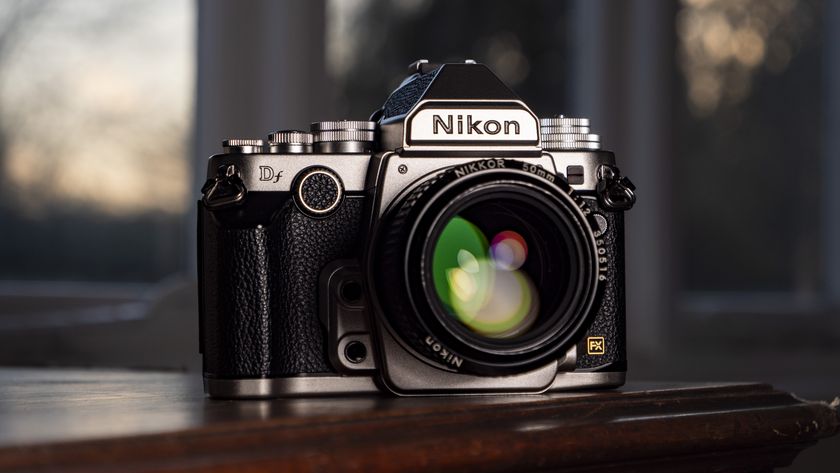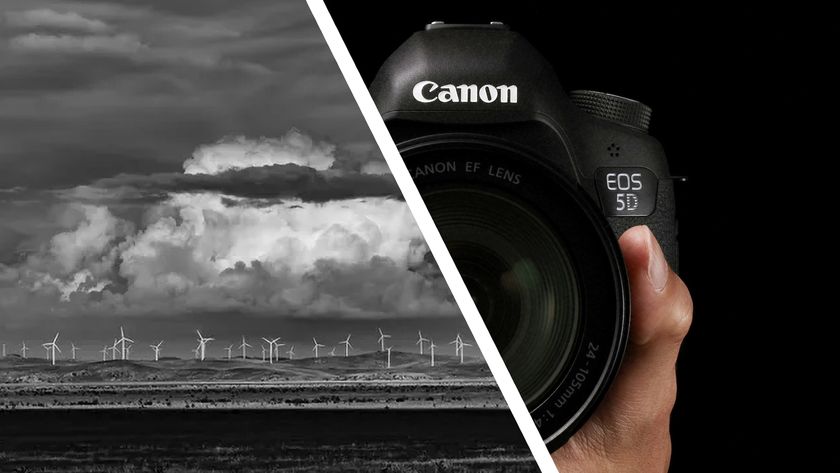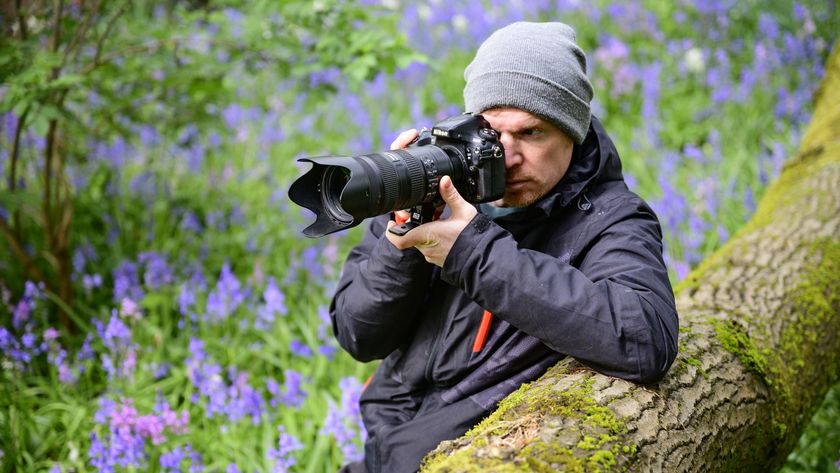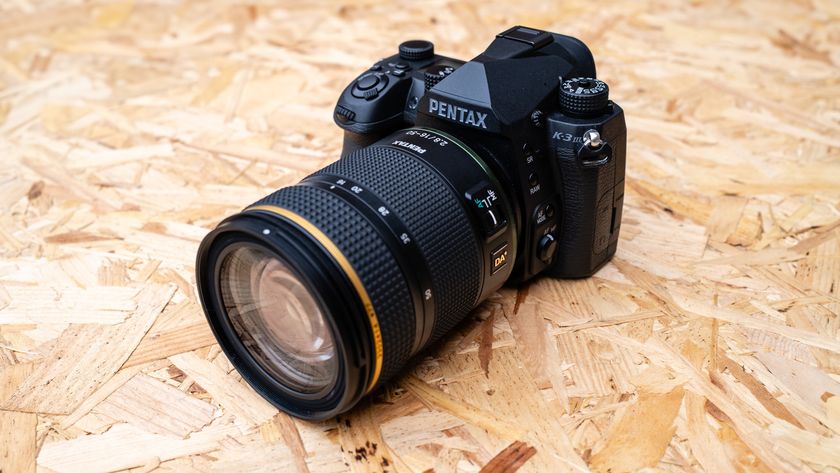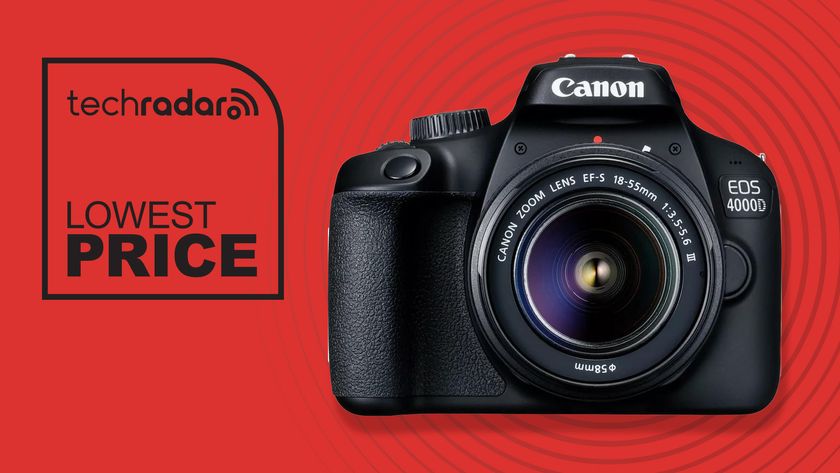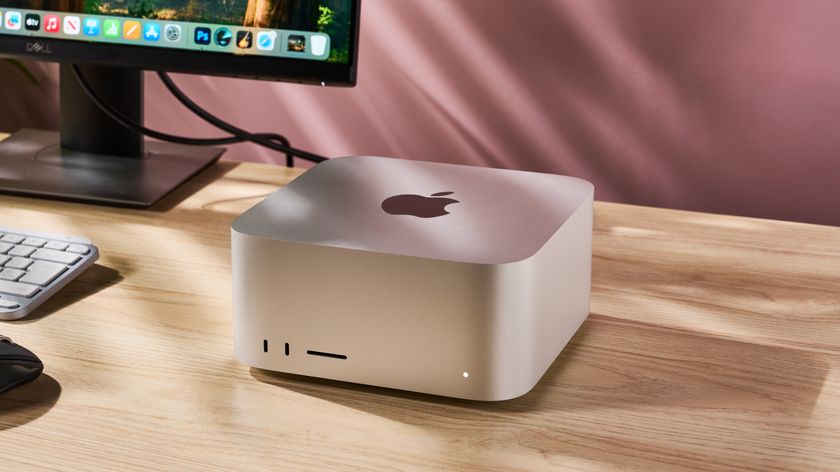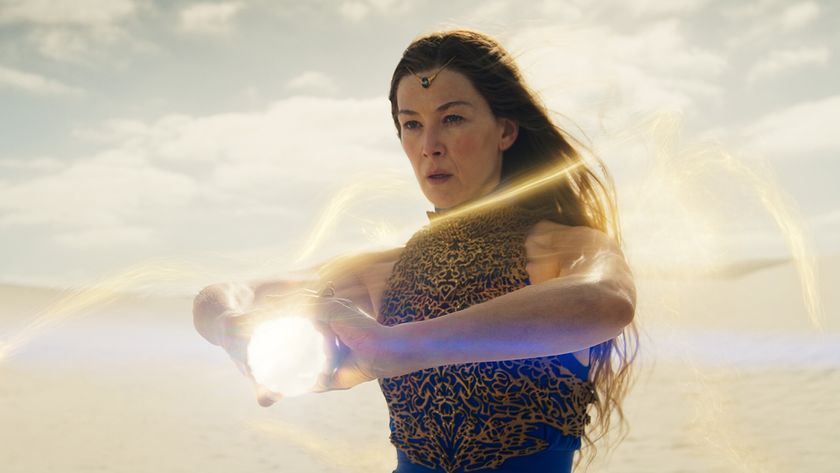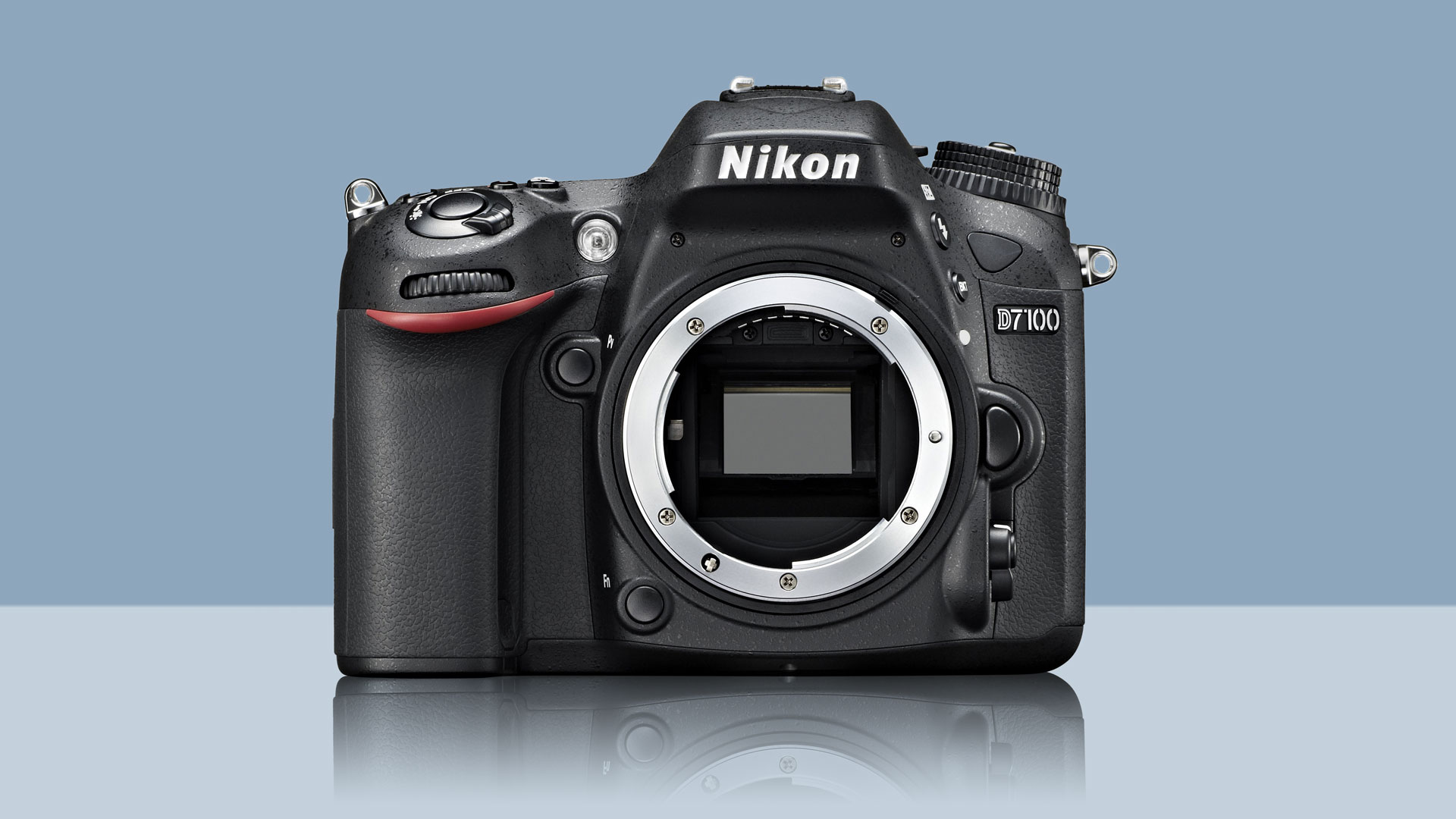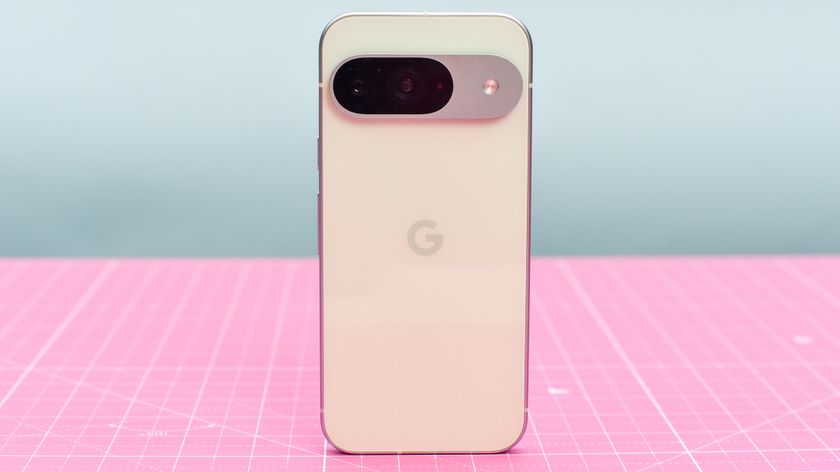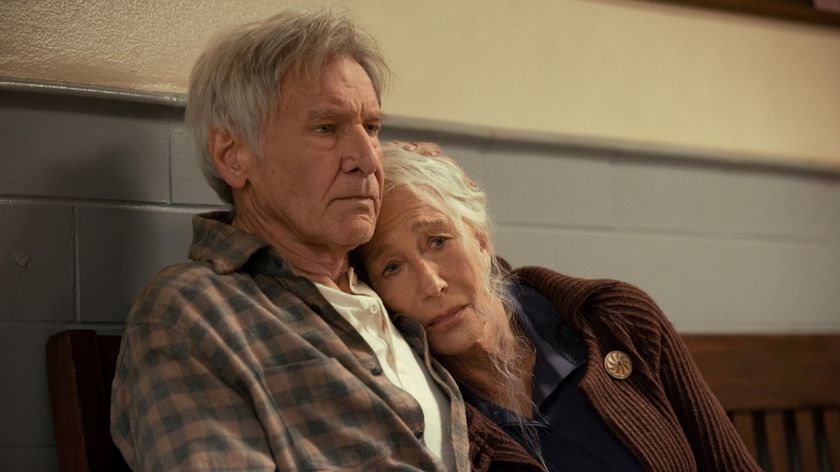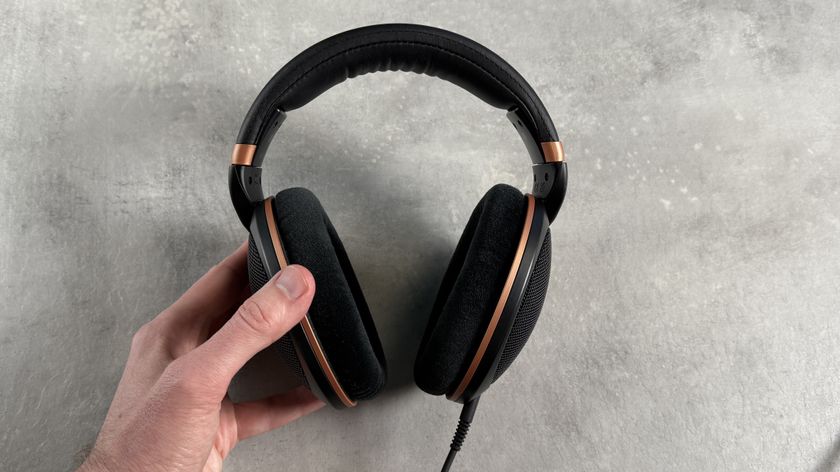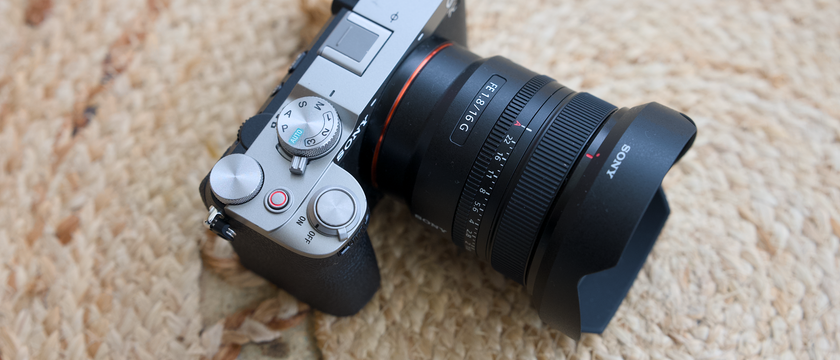TechRadar Verdict
The D7100 is still on sale alongside the newer D7200 and it's a good deal cheaper. It lags behind in a couple of respects, notably buffer capacity, Wi-Fi and movie options, but the D7100's still image quality and features are still a close match for the D7200's.
Pros
- +
High resolution
- +
6/7fps continuous shooting
- +
Weather-sealed body
Cons
- -
No Wi-Fi built-in
- -
Limited buffer capacity
- -
Superseded by D7200
Why you can trust TechRadar
The Nikon D7100 has now been superseded by the newer D7200, but it's still on sale and it's anywhere from 15-30% cheaper, depending on where you shop. For the price of a Nikon D7200 body, you can get a D7100 and 18-105mm kit lens.
Superficially, the D7100 and D7200 look almost identical, so are the improvements in the D7200 worth the extra money, or is the D7100 turning into a real bargain? We've updated our original review to take a look at how good a buy the D7100 is in today's market.
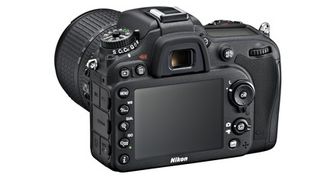
The good news about the D7100 is that it has a 24-megapixel sensor with no anti-aliasing filter – this is the very latest type made by Nikon and it's almost the same as the sensor in the D7200. The D7200 is listed as having 24.2 megapixels, compared to the 24.1 megapixels in the D7100, but the image size is the same in both cameras at 6,000 x 4,000 pixels – the extra pixels in the D7200 are not part of the image area and suggest nothing more than a slight redesign.
Most camera manufacturers use an anti-aliasing filter (AKA low-pass filter) to reduce the risk of interference patterns known as moiré patterning that can occur when an object with a fine texture that's close to the sensor's resolving limit is photographed. You've probably seen this at some point on the television when someone has worn the wrong tie or shirt and a frenzy of lines is created at an angle to the fabric's pattern.
Nikon claims that the pixel density of the Nikon D7100's APS-C format sensor is sufficiently high that there are relatively few occasions when moiré patterning is likely to occur, and consequently no anti-aliasing filter is required. The downside of using a low-pass filter is that it softens the images slightly, and this has to be addressed by sharpening the image post-capture.
Features
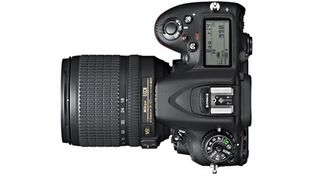
The Nikon D7100 uses Nikon's older Expeed 3 processing engine – this is the part of the camera which handles image processing, and apart from general operational speed it can influence the high-iSO image quality and continuous shooting performance. In combination with the sensor, the D7100's processor enables a native sensitivity range of ISO 100-6400, which can be expanded to the equivalent ISO 25,600 if required.
The Nikon D7200, by contrast, has a newer and more powerful Expeed 4 processor. This gives it an ISO range of 100-25,600, and this can be expanded right up to ISO 102,400 – though images at these higher settings are mono only.
Nikon says the Expeed 4 processor is 30% faster than the Expeed 3 processor in the D7100, though this doesn't have a direct impact on the continuous shooting speed. The D7100 and D7200 can both shoot at 6 frames per second, though the D7200 does have a much larger image buffer, a criticism of the D7100. This means it can capture more photos in a burst before it has to stop and finish processing them.
The D7100 and D7200 both have another trick up their sleeves that enables things to be pushed a little bit further – a 1.3x crop mode. This is useful if you need to get a little tighter in on your subject and don't want to crop the image post-capture, and it enables the maximum continuous shooting rate to be boosted to 7fps. This could be particularly useful for wildlife or aviation photographers, who typically need the longest focal length zoom available – the 1.3x crop mode will effectively turn a 200mm lens, for example, into a 260mm lens.
This isn't like using a teleconverter, by the way, because in this mode there's no reduction in the maximum aperture of the lens.
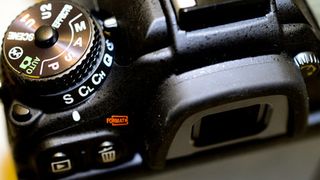
What makes the D7100 and D7200 good for sports and wildlife photography is the inclusion of Nikon's 51-point Multi-Cam 3500DX AF module, which has 15 cross-type AF points around the centre of the frame. This is Nikon's best AF system, and the one found in its professional DSLRs. The D7200 does, however, have the newer and slightly more sensitive Multi-CAM 3500II DX module. This one is sensitive right down to a light level of -3EV (the D7100's module goes down to -2EV).
Those who think 51 AF points is a bit excessive can opt to restrict the selection to 11 in single AF mode. As we have seen before with Nikon's high-end DSLRs, in continuous AF mode the camera can be set to track the subject using 51, 21 or nine AF points after you've selected the starting AF point.
Alternatively, there's 3D tracking available in continuous AF mode, which looks at the colour of the subject and attempts to follow it around the frame. However, if you want to keep things simple, the camera can select the AF point for you in Single AF and Continuous AF mode.
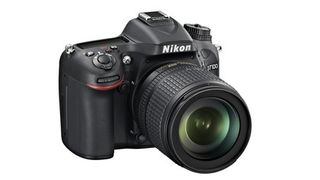
The Nikon D7100 is the fifth DSLR in Nikon's lineup to feature an AF system that is sensitive down to f/8. This means that the camera will continue to focus the lens automatically when a telephoto lens and teleconverter combination results in an effective maximum aperture as small as f/8. Naturally you can shoot at smaller apertures than this and use automatic focusing, since it is only the maximum aperture that is the issue.
Like the D7200, the Nikon D7100 has a 2,016-pixel RGB sensor that provides data to the Scene Recognition system that guides the metering, white balance and autofocusing systems. You can also take control over the colour of your images via the Picture Control modes (Standard, Neutral, Vivid, Monochrome, Portrait and Landscape) with options to adjust the sharpening, contrast, brightness, saturation and hue of the colour modes.
If you habitually shoot raw files, the Picture Control modes won't make much difference to you, but if you shoot JPEGs you should know that the D7200 uses Nikon's newer Picture Control 2.0 system. This adds a Flat mode for extra dynamic range when shooting video (and processing, or 'grading' the video later) and a Clarity option which increases local contrast for more 'bite'.
The D7100 can shoot full HD movies at 24, 25 or 30 frames per second, but if you want faster frame rates (for slow motion) you have to swap to the 1.3x crop mode. Even then, the camera has two swap to lower-quality interlaced video.
The D7200 offers advantages here, too. Again, you need to swap to the 1.3x crop mode, but now you can shoot 50/60p (progressive) video – one of the advantages, we assume, of the more powerful Expeed 4 processor.
If you are interested in video, the improvements in the D7200 probably do make it worth the difference in price. It also offers Auto ISO adjustment when shooting videos in manual mode, clean HDMI output to an external recorder (at the same time as recording video to an internal memory card too) and Zebra mode for warning against overexposed highlights.
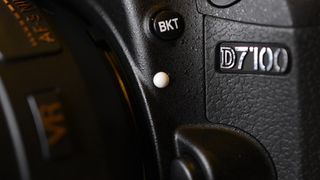
The TechRadar hive mind. The Megazord. The Voltron. When our powers combine, we become 'TECHRADAR STAFF'. You'll usually see this author name when the entire team has collaborated on a project or an article, whether that's a run-down ranking of our favorite Marvel films, or a round-up of all the coolest things we've collectively seen at annual tech shows like CES and MWC. We are one.
